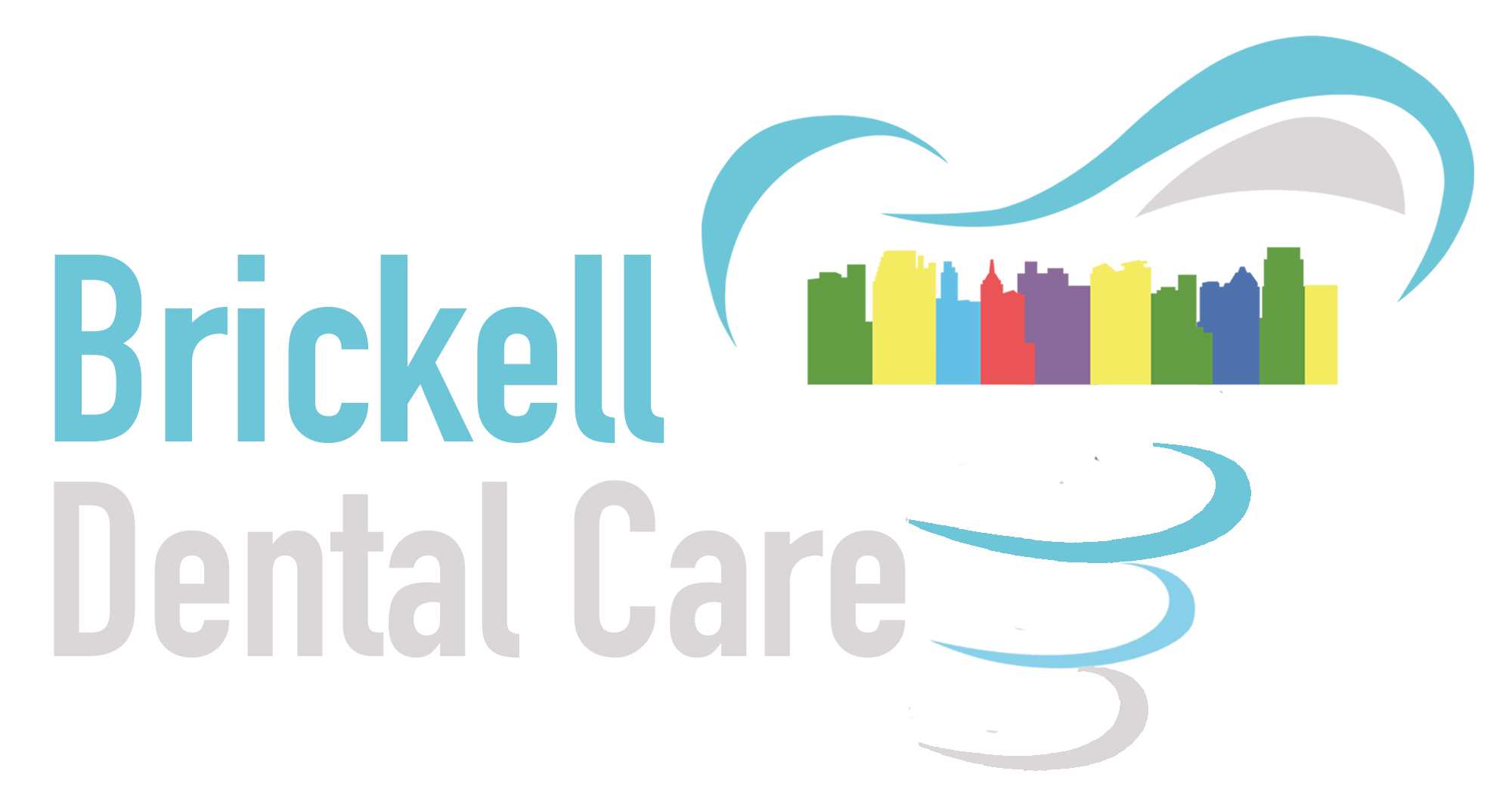Dental Bridge in Brickell
Restorative dentistry is critical when it comes to replacing teeth that have been lost. The spaces left can cause a variety of problems that can ultimately affect your oral health and by default cause problems with your general health. It may not seem that crowns and bridges could have that big of an impact on your health, but they can.
The Differences between Crowns and Bridges
Both of these dental prosthetic involve crown work; however, a crown does not replace a missing tooth. Bridges, on the other hand, do fill in the space between teeth when one or more teeth are missing. The artificial teeth replacements on a bridge are called pontics. The pontics are affixed to crowns which are cemented to the abutment teeth, or teeth on either side of the space.
Benefits of Dental Bridges
When a tooth is missing, the space it leaves becomes a breeding ground for a cascade of dental issues. The teeth adjacent may begin to shift into the space, causing the gradual development of small spaces between teeth. These teeth may also begin to lean into the space or twist out of alignment, throwing off your bite or occlusion. In addition, particularly where the loss of molars is concerned, valuable chewing surface is missing. This surface area is needed in order for you to properly breakdown food particles so that the most nutrition can be extracted. It is also important for the optimal digestion of food.
Crowns and the pontics that fill in the gaps restore not only a healthy mouth, they also restore your smile. They are made to look like your natural teeth, usually out of porcelain fused to metal or a ceramic resin.
Similarities of Crowns and Bridges
In both cases the tooth or teeth accepting the crown needs to be prepared. In the case of bridgework, both teeth on either side of the area to be bridged need to be prepared for crowns. Preparation involves shaping the tooth so that a crown will fit over it. An
impression of the tooth is taken and a mold is created so the crown can be fashioned over the mold. In some instances this is accomplished by way of computer. Once the crown has been made it is fitted on the tooth and trimmed so that the bite is comfortable. When sufficiently trimmed, the new crown is cemented in place. When a bridge is being placed, both crowns are fitted simultaneously.
For beautiful restoration of your smile, whether it is to protect a weakened tooth or fill in the space left by a missing tooth or teeth, considering crowns and bridges only makes sense. Call Brickell Dental Care today to restore your smile.
